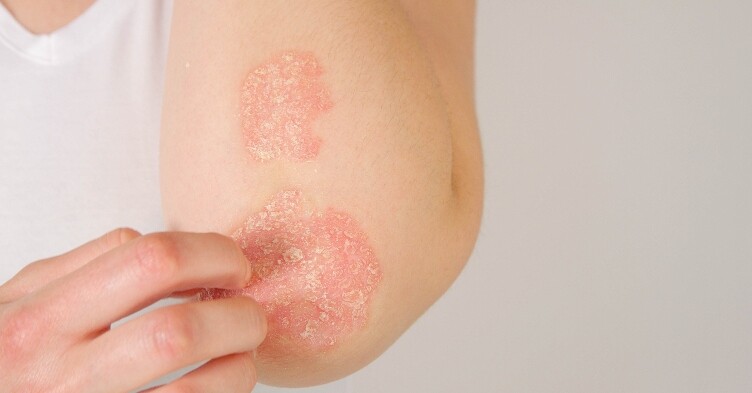Black henna tattoos – ‘temporary’ may not mean ‘temporary’

Yes, it’s the time of year for holidays, festivals, fairs, so chances are that you may see a shop or stall offering to paint black henna temporary tattoos (BHTTs) onto your or your child’s skin.
Don’t be tempted to get one at these events or buy online. It could leave you or your child scarred for life and put you or your child at risk of a life-threatening allergic reaction (NHS Choices 2015). Research among dermatologists in 2015 revealed they are seeing an increase in reactions across the UK (BAD 2015).
The majority of BHTTs are not based on henna at all, but a substance called para-phenylenediamine (PPD), which is found in hair dyes. PPD is allowed for use in hair dye, but its use for skin contact products such as temporary tattoos is illegal in the European Union (BSF 2015).
PPD causes sensitization and allergic contact dermatitis at the site of the BHTT. It can cause blistering, painful skin burns and may even lead to scarring and be severe enough to require hospitalization. It can also leave the person with a lifelong sensitivity to PPD, which increases the risk of a severe allergic reaction if they dye their hair in the future. Reactions are now being seen in young 12 to 15-year-old adolescents who dyed their hair after being sensitized to PPD in henna tattoos at a younger age (Storrs 2008). In 2015, a BSF survey found that:
Related Article: Call for regulatory guidelines as NHS adopts AI in dermatology care
- Four out of 10 dermatologists asked had seen patients with skin reactions to BHTTs.
- One in 20 dermatologists approached said that over 80% of the BHTT reactions they had seen were in children aged under 16.
- Dermatologists asked confirmed that around half of the patients got a BHTT outside of the EU, where the legal status of PPD is not always clear; however the other half got a BHTT within the EU, with 27% of these in the UK.
- About two-thirds of dermatologists approached have seen an increase in patients with reactions to hair dyes, many of whom have previously had a BHTT.
With this increasing problem, we need to raise awareness of the risks associated with this so-called body art. Skin is beautiful without all these adornments and having a BHTT may not be temporary; they have the potential to leave lasting physical and psychological damage.
Lisa Bickerstaff of the British Skin Foundation says: ‘Keep your children away from so-called ‘black henna temporary tattoos’ this summer. It’s just not worth the risk of having a permanent scar or lifelong sensitivity to para-phenylenediamine.’
Consultant dermatologies Dr Anjali Mahto adds: ‘Black henna is well known to cause skin reactions and should be treated with caution, particularly in children.’
So lets #AvoidBlackHenna. Join the discussion on Twitter by using the hashtag above.
References
British Association of Dermatologists (2015). Increase in hair dye and fragrance allergies in children. http://www.bad.org.uk/media/news
Related Article: Abdominal body fat is a higher risk for developing psoriasis
British Skin Foundation (BSF)( 2015) ‘BLACK HENNA’ TEMPORARY TATTOO WARNING FOR CHILDREN & FESTIVAL-GOERS THIS SUMMER. Press release.
NHS Choices (2015) Dangers of black henna http://www.nhs.uk/Livewell/skin/Pages/black-henna-tattoo-ppd.aspx
Storrs, F.J (2008) Patch Testing Children- What Should We Change? Pediatric Dermatology. Vol. 25. No. 3 420–423
Further Information
Related Article: CPD: Case by case – acute and emergency dermatology presentations
CTPA has a Youtube videohighlighting BHTT case studies and information on BHTTson its consumer website – www.thefactsabout.co.uk/ Twitter
DermNetNZ(2011) Black henna tattoo reactionshttp://www.dermnetnz.org/topics/black-henna-tattoo-reactions/

See how our symptom tool can help you make better sense of patient presentations
Click here to search a symptom


Temporary tattoos are a popular accessory, but can have dangerous consequences, warns Sandra Lawton



